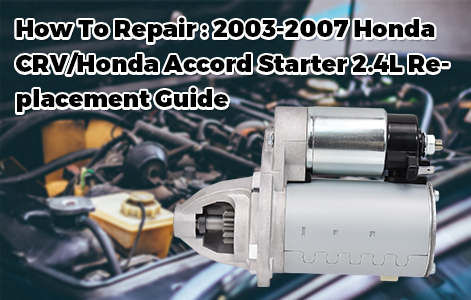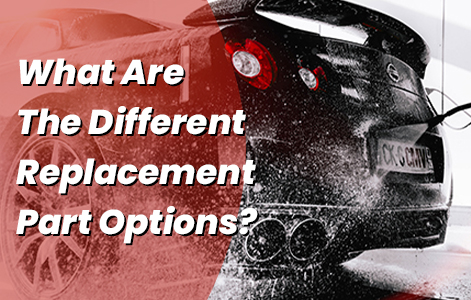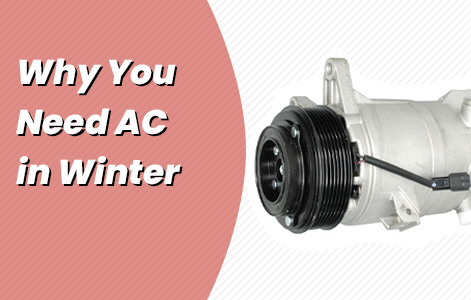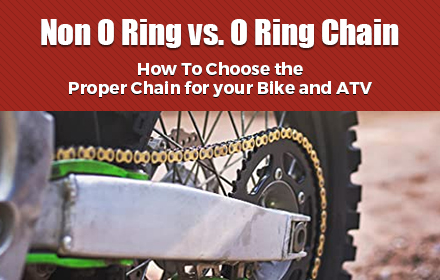Have you ever experienced your lawn tractor PTO clutch fail suddently in the middle of a job? One second, your blades are cutting clean, and the next, they're sluggish, or worse, they won't engage at all. Suddenly, a routine mowing session turns into a frustrating breakdown, wasted time, and an unexpected repair bill.
This guide will show you some troubleshooting and fixing common PTO clutch issues, save you money and keep you cutting without interruptions.
Problem: Clutch Won't Engage
A PTO clutch that won't engage is often caused by electrical problems or mechanical wear. If the clutch is receiving power but not activating, internal components may be failing. Start by checking the electrical system before assuming the clutch itself is bad.
Solution:
Step 1: Inspect wiring for damage or corrosion
Step 2: Test the battery and alternator to ensure enough power is reaching the clutch
Step 3: Replace a faulty solenoid if engagement is weak or inconsistent
Problem: Overheating Issues
Excessive heat is a major cause of premature PTO clutch failure. Clutches generate heat naturally, but too much can burn out internal components. If a clutch is running hotter than usual, airflow restrictions or excessive tension may be to blame.
Solution:
Step 1: Clean debris from around the clutch to allow proper airflow
Step 2: Check for excessive belt tension, which increases heat and stress
Step 3: Ensure the clutch is disengaging fully when turned off
Problem: Unusual Vibrations
Vibrations in a PTO clutch usually signal a mechanical issue. Worn bearings, misaligned pulleys, or an unevenly worn belt can all cause excessive movement. If left unchecked, vibration can lead to complete clutch failure and even damage other mower components.
Solution: Check bearings, pulley and belt in regularly, replace new replacement immediately when they are worn.
Problem: Blades Won't Disengage
If the blades continue spinning after the clutch is turned off, the brake system may be worn out. The brake pad and return spring work together to stop the clutch from spinning, and both can wear down over time.
Solution: Check brake pads in regularly, replace new replacement immediately when they are worn.
Prolonging PTO Clutch Life
Extending the clutch lifespan reduces downtime and saves money on replacements. A few simple steps can make a big difference.
Avoid Excessive Idling - Letting the clutch stay engaged while not in use increases wear
Operate at the Correct RPM - Running too fast or too slow puts unnecessary strain on the system
Use High-Quality Replacement Parts - Cheap components fail faster and cause more damage
Store Equipment Properly - Keeping tractors out of moisture prevents corrosion and electrical issues
Monitor and Replace Bearings as Needed - Worn bearings cause overheating and can damage other clutch components
Following above steps helps maximize performance and reduce unexpected breakdowns.
Extend the Life of Your Electric PTO Clutch
A well-maintained lawn tractor clutch translates to better efficiency, longer lifespan, and fewer unexpected breakdowns. Keeping up with lawn tractor maintenance isn't just about fixing issues; it's about preventing them in the first place. With the right care, you can maximize performance and save pto clutch replacement cost. Explore our extensive selection:
Also, use our advanced part finder or search by part number to find your part. Shop a reliable pto clutch to upgrade your lawn mower now!

At Hexautoparts, we don't just sell PTO clutches, we also have high quality pulleys, lawn mower belts, deck rebuild kit and more mower parts available. We aim to become one stop shop for all any mower needs, keep your equipment working as it should.
Check out more helpful resource
How to Choose Correct PTO Clutch For John Deere Cub Cadet Warner Husqvarna Mowers
Maxmotosports Electric PTO Clutch Installation Instructions





